Researchers from Griffith University (Australia) said the new evidence comes from the Calio site, which dates back to the early Pleistocene, or Ice Age, at least 1.04 million years ago. The study, published in the journal Nature, was led by Budianto Hakim of the Indonesian National Research and Innovation Agency (BRIN) and Professor Adam Brumm of the Australian Research Centre for Human Evolution (Griffith University).
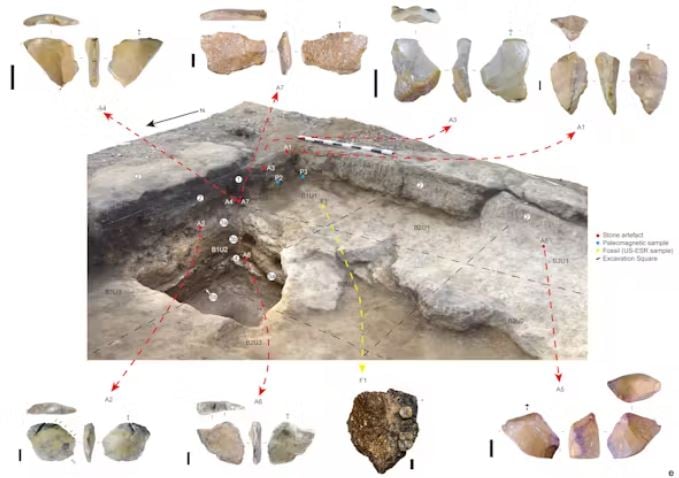
Stone artifacts and fossils excavated from ancient sandstone layers at Calio.
During the excavation, Hakim’s team found seven stone artifacts embedded in sandstone layers in a cornfield in South Sulawesi. The tools are considered direct evidence of early human activity in the area. The artifacts include small, sharp stone flakes – the result of ancient people breaking larger pebbles, likely from a nearby riverbed.
According to analysis, during the early Pleistocene period, the Calio site may have been a site for tool production and activities such as hunting, with its proximity to the riverbed providing both raw materials and resources.
To determine the age, the team used paleomagnetic dating of the sandstone itself, combined with analysis of pig fossils found at the same site. The results showed that the artifacts were at least 1.04 million years old.
Previously, Professor Brumm's team discovered traces of hominin habitation in the Wallacea region from 1.02 million years ago at the Wolo Sege site on Flores Island, and about 194,000 years ago at Talepu, Sulawesi Island. In addition, Luzon Island in the Philippines also recorded evidence of hominin from about 700,000 years ago.
“This discovery helps us better understand the movement of extinct human species across the Wallace Line – a transition zone where endemic animals evolved in isolation,” Professor Brumm stressed. “However, the Calio site has yet to yield hominin fossils. We know that there were tool makers on Sulawesi a million years ago, but their identity remains a mystery.”
The question is: Who were the first inhabitants of Sulawesi? Previously, the discovery of Homo floresiensis (the Hobbit) and the 700,000-year-old fossil of a similar small human on Flores Island suggested that Homo erectus may have been the species that crossed the Southeast Asian sea barrier to inhabit the islands of Wallacea. On Flores, they underwent a unique evolutionary process that resulted in “dwarfing” over hundreds of thousands of years.
The new discovery in Sulawesi led Professor Brumm to ask: “If Homo erectus had settled on an island 12 times larger than Flores like Sulawesi, what would have happened to them? Would they have undergone the same evolutionary change as the Hobbits on Flores, or would it have been a completely different scenario?”
“Sulawesi is an enigma. It’s like a miniature continent. If hominins were isolated there for a million years, they may have undergone changes beyond our expectations,” said Brumm.
Source: https://doanhnghiepvn.vn/cong-nghe/he-lo-bi-an-nguoi-hobbit-cong-cu-bang-da-1-trieu-nam-tuoi-o-indonesia-thach-thuc-moi-gia-thuyet/20250818074149264


![[Photo] Closing ceremony of the 18th Congress of Hanoi Party Committee](https://vphoto.vietnam.vn/thumb/1200x675/vietnam/resource/IMAGE/2025/10/17/1760704850107_ndo_br_1-jpg.webp)





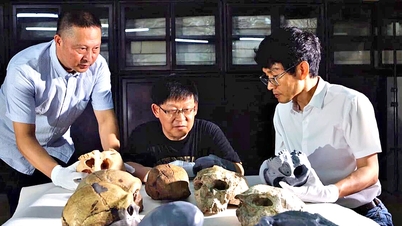



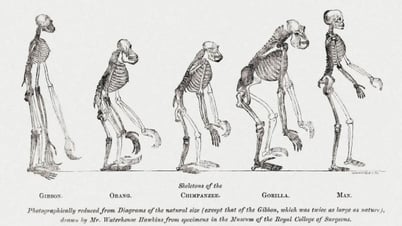

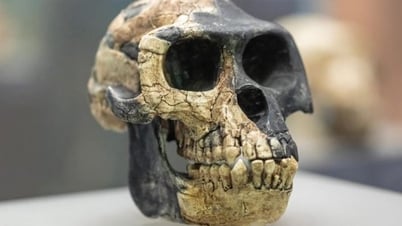
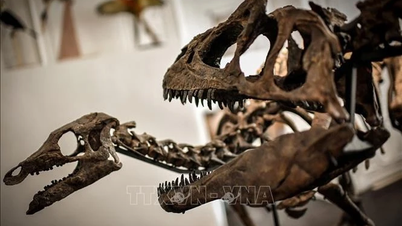

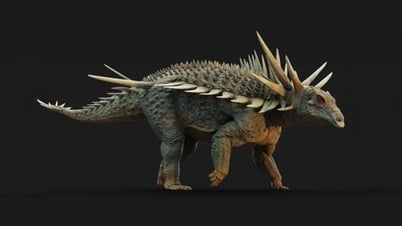


















![[Photo] Nhan Dan Newspaper launches “Fatherland in the Heart: The Concert Film”](https://vphoto.vietnam.vn/thumb/1200x675/vietnam/resource/IMAGE/2025/10/16/1760622132545_thiet-ke-chua-co-ten-36-png.webp)






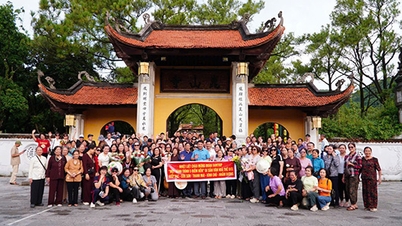







































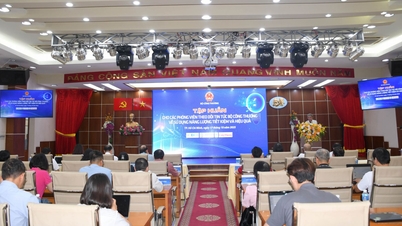



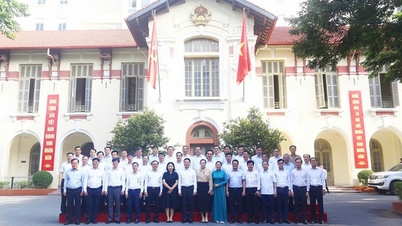




























Comment (0)